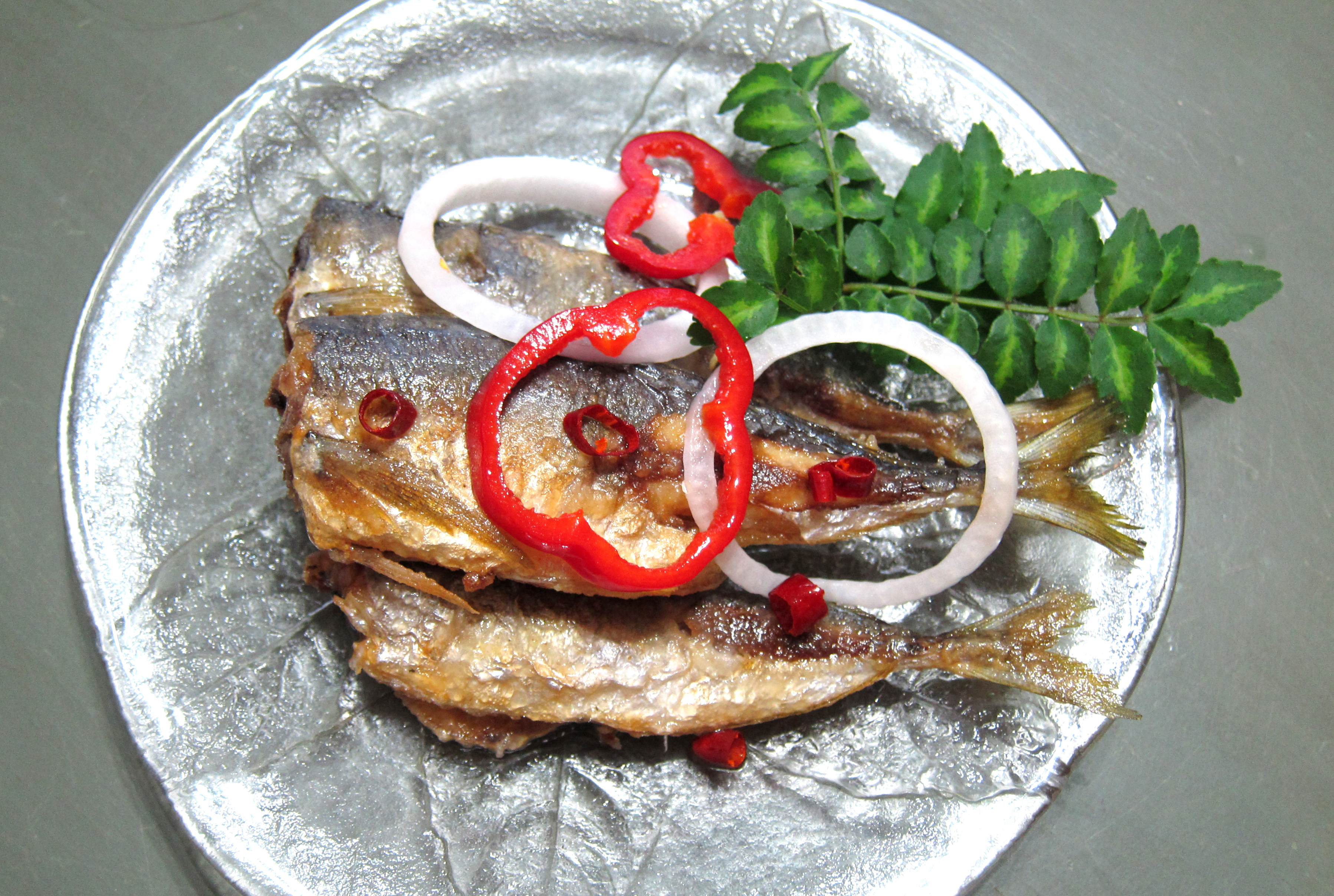The first Europeans on Japanese soil were the Portuguese — a handful of passengers on a Chinese ship that got blown off course and washed ashore on Tanegashima, an island off the coast of current-day Kagoshima Prefecture in southern Kyushu, in 1543. For almost 100 years after that, the Portuguese had a profound influence on Japan until their ships were banned by the Edo shogunate in 1639.
Not only did the Portuguese introduce firearms and Christianity to these shores, they also brought in European fashions, tobacco and more. The exotic products that they and other European traders brought to Japan were collectively called nanban. This term was originally used in China (pronounced naanmaan) to refer to the "southern barbarians" they fought along their borders. In Japan, however, "nanban" was used to mean something foreign and highly desirable.
The most enduring legacy of the Portuguese may be the influence they had on Japanese cuisine. They introduced chili peppers and corn (maize), both of which originated in the Americas, as well as the use of beaten eggs and sugar in cooking. While sugar was known already, it was extremely expensive and reserved for medicinal purposes, with other sweeteners used for cooking. Sugar became a little more affordable (although it remained a luxury item until the 19th century) when the Portuguese brought it in for trade, and a craze for nanban kashi (sweets) was born. Three types of nanban kashi are still very popular: Castella or kasutera, a rich sponge cake; bolo, small round crunchy-soft cookies; and konpeitō, colorful bumpy sugar candies.



